Looking to shake up your weekend routine of errands and cooking a nice Sunday breakfast? We’ve got just the remedy: a good, old-fashioned mystery. Fortunately the deserts of eastern California are loaded with oddness just begging to be investigated. Otherworldly landscapes, cursed ghost towns, mysterious rocks that move on their own… who knows, you might even find some treasure out there! Pack up your codex and your adventuring hat (do other people have adventuring hats, or is that just me?) and get ready to experience these mystifying, unexplained legends for yourself.
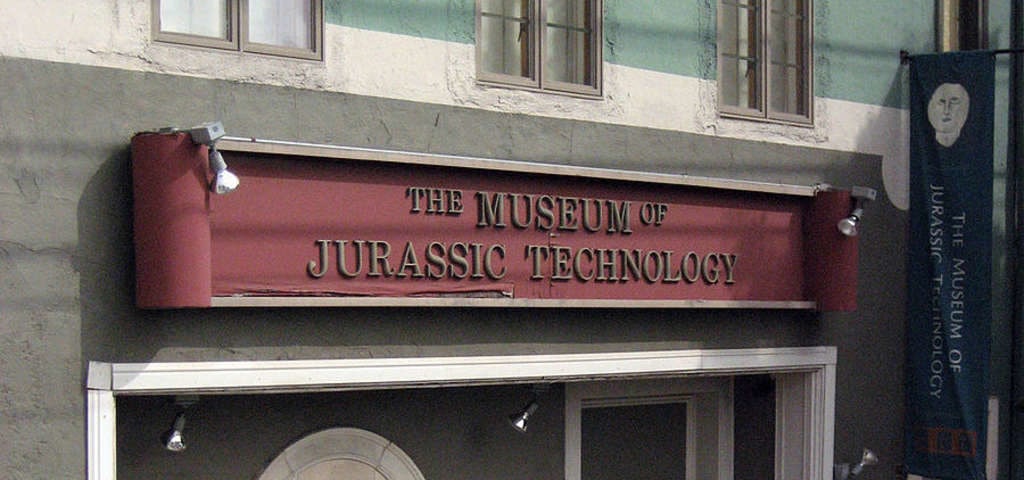
1. Museum of Jurassic Technology
The Museum of Jurassic Technology calls itself a “museum,” but that’s not exactly the right word to describe it. Actually, it’s pretty unclear what this place is, but somehow, that makes it all the more worth visiting. Very dimly lit rooms and dark, cramped hallways wind between strange displays dedicated to a bizarre variety of topics, some of which may or may not be made up. Once you’re done touring downstairs, head upstairs to the gallery of USSR space dog portraits, grab cookies and a drink at the Russian tea room, and then step out onto the rooftop aviary to ponder exactly what the heck you just looked at.
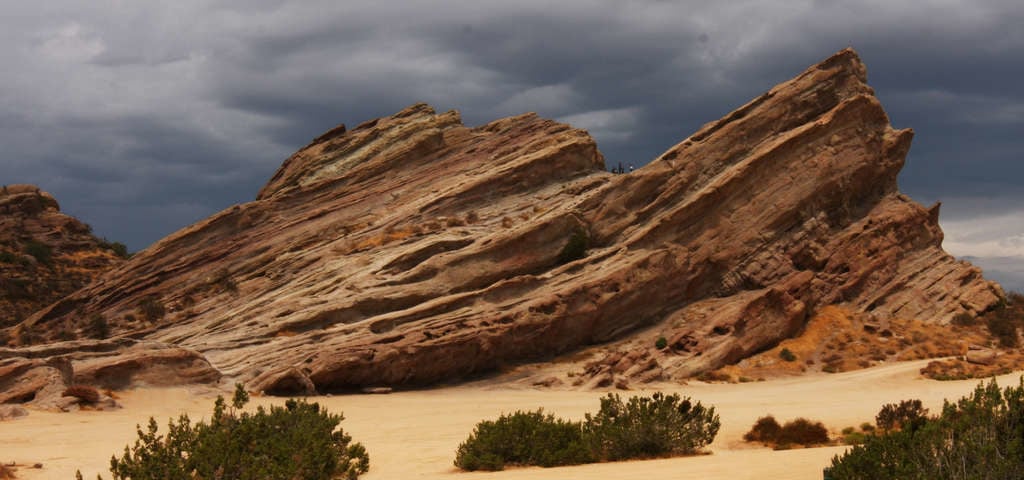
2. Vasquez Rocks Natural Area Park
There are few sites as strange (or used in movies and TV as often) as Vasquez Rocks. The dramatic sandstone formation jutting up from the desert is an incredibly dramatic site, for either a hike or a film production. Seriously, I cannot emphasize enough how many movies and TV shows shot scenes here. Star Trek, New Girl, Blazing Saddles, Big Bang Theory, Outer Limits, Friends, Power Rangers… I could go on, but you get the idea. Stop by, hike one or two of the trails, and soak in the otherworldly setting. Just remember to bring lots of water– it gets hot in the desert!
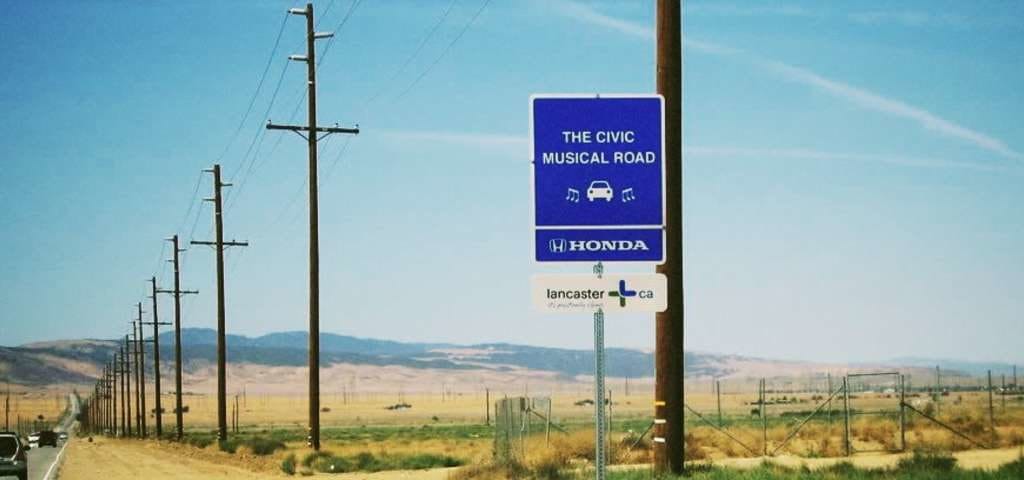
3. Musical Road
Detour over to Lancaster to take a quick cruise along the Musical Road. Grooves made in the pavement play a distinctive snippet of a song that can be heard as you drive over them, Originally created as a publicity stunt for the Honda Civic, neighbors originally complained about the noise and had it paved over… but shortly after, a more vocal group demanded the road be brought back, so it was. Make your way to the far left lane of Avenue G, and get your car going at 35 MPH for the best chance to hear the song. I won’t spoil what song it is, though, since this is all about mysteries!
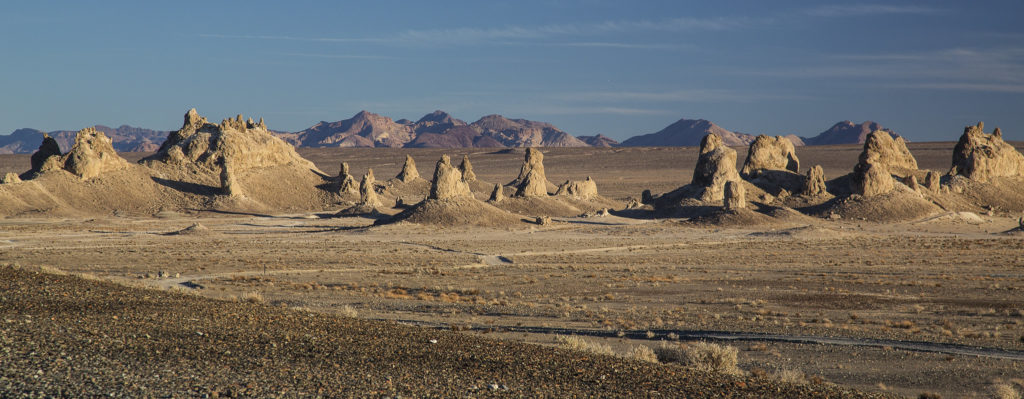
4. Trona Pinnacles
Another alien-looking spot to visit in the desert is the Trona Pinnacles. Rising up out of the middle of the flat and dusty desert is a virtual city of stone spires, formed 10,000 to 100,000 years ago. That was back when this area was covered by an inland ocean; calcium in the ground water mixed with the alkaline lake water and formed nearly 500 tufa pillars, which remained once the water dried up. There are four different styles of pinnacle to observe: tall “towers,” stubbier “tombstones,” long “ridges,” and stumpy “cones.” Several trails let you get up close and personal with the pillars, so come prepared to hike.
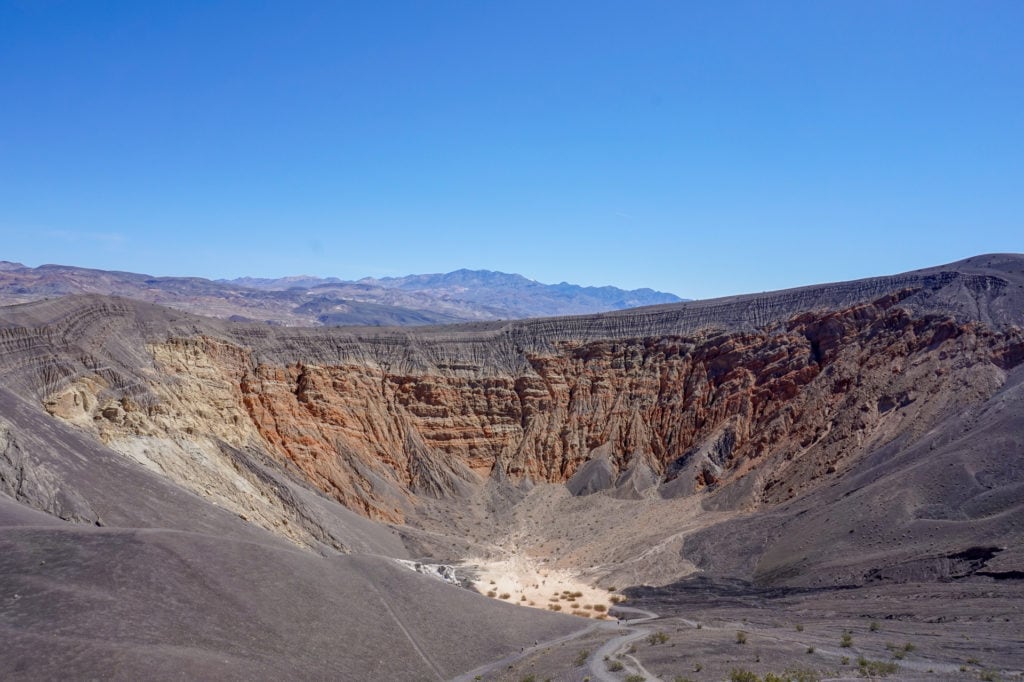
5. Death Valley National Park
Death Valley National Park is a den of mysteries and unusual phenomena. From the shimmering salt flats of Badwater Basin and craggy formations of the Devil’s Golf Course, to the rainbow streaks of minerals at Artist’s Palette and the ancient petroglyphs above Mesquite Spring, there are a lot of strange sights here. Some of our favorite so-weird-ya-can’t-miss-’em spots to visit in Death Valley are Racetrack Playa and Eureka Dunes.
Racetrack Playa is home to mysterious “sailing stones” that move across the desert floor– all on their own. The stones were first discovered in the early 1900s, and people were immediately mystified. The rocks, which range in size from about six to 18 inches in diameter, don’t travel in straight lines– they can veer left and right and even move backwards, plus stones of equal size didn’t travel equal distances, and to top it all off, no one had ever actually witnessed the stones moving. In fact, each rock generally only moves once every three years, and travels for about ten seconds before stopping. Even with modern equipment, the odds of catching a rock in the act aren’t great. For almost a century, scientists were stumped as to how the rocks were able to move, proposing everything from aliens to really, really strong breezes. A 2011 study proposed the theory that ice floes form around the rocks in very specific conditions, and help the stones slide along the ground when it’s muddy and slippery with rain, guided by gusts of wind. A study released in 2013 further bolstered the ice sheet idea by proposing that the narrowing trails left behind the rocks could be related to the lessening amounts of water available in the valley. Also in 2013, several of the stones were reported stolen, which is pretty upsetting, considering some of the rocks were named by researchers. I’m so sorry, Karen, Nancy, and Mary Ann.
Eureka Dunes are notable not only for their height (they may be only 3 miles long and 1 mile wide, but they’re the tallest in California, possibly even the country, climbing up to 680 feet) but also because the sand sings. If you climb to the top and shuffle your way down, you can hear a distinctive sound: the National Park Service describes it as “the bass note of a pipe organ or the distant drone of an airplane.” Under certain conditions (sand grains must be a certain size, contain the mineral silica, and be dry), a 450-hertz frequency can be emitted when the grains rub together. It might sound like a squeak, or a roar, or even a boom!
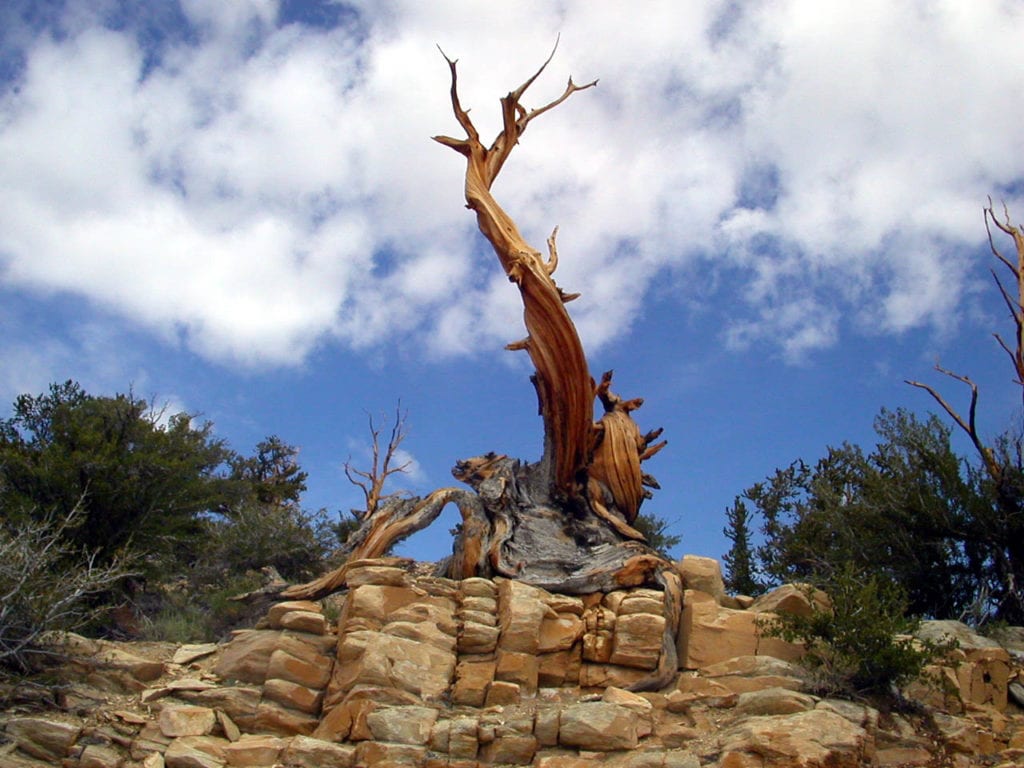
6. Bristlecone Pine Ancient Forest
3,000 BC was a good year for planet Earth– pottery and hieroglyphics were invented, the city of Troy was founded, construction commenced on Stonehenge, and the world’s oldest tree that’s still living today germinated in California’s Bristlecone Pine Ancient Forest’s Methuselah Grove. That makes it an ancient 5,064 years old! The Methuselah Grove got its name from what was previously the oldest tree in the world, named for the Biblical figure Methuselah, who lived to be 900, which is still like, toddler-age compared to the tree. The precise location of Methuselah and the current oldest tree are a secret to protect them from vandals and ne’er-do-wells, but they’re somewhere inside the grove. You can walk amongst the grizzled, twisted trees (honestly, they bear a striking resemblance to an old human being, sort of gnarled and bare and all) and speculate which one might very well be the world’s oldest.
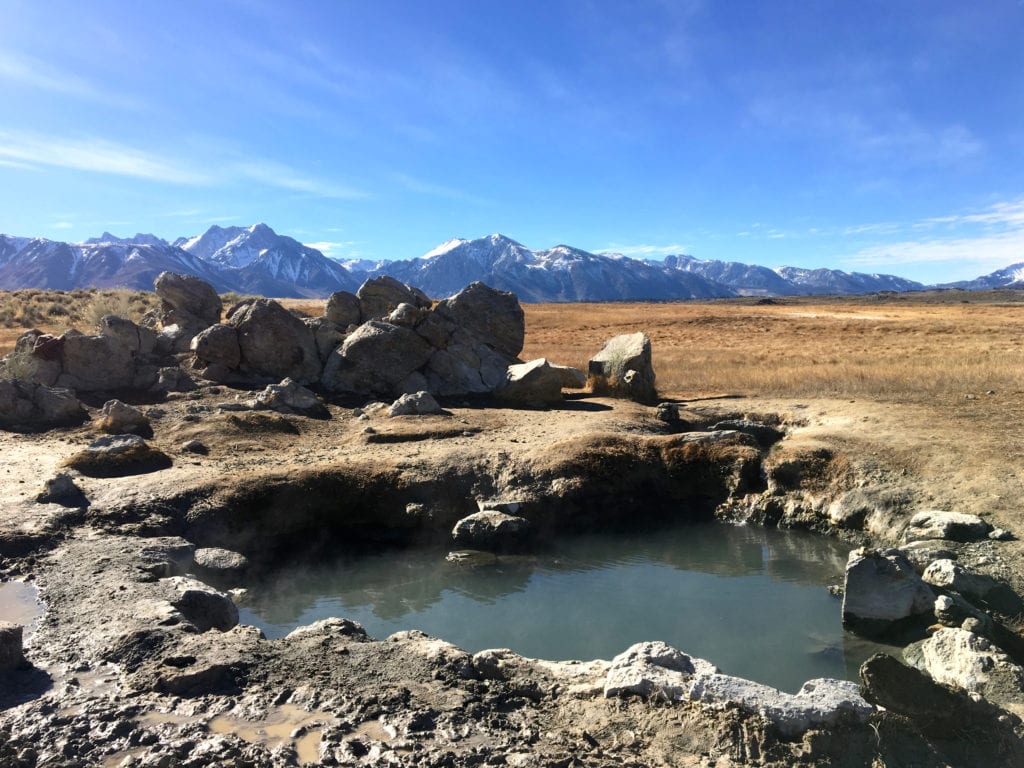
7. Crowley Hot Spring
There’s nothing we love more than a nice, mid-road-trip hot spring pit stop. Crowley Hot Spring (aka Wild Willy’s Hot Spring) is right near Mammoth Lakes, and is worth the detour. There’s a boardwalk and signage, but beyond that, it’s not super developed, giving it a natural, unspoiled atmosphere. Admire the views as you relax into the naturally-heated mineral water. There are two pools to enjoy, one hotter than the other. Since it’s pretty easy to access, you might find a few other people enjoying the springs as well, so share nicely! And remember the “leave no trace” rule as well.
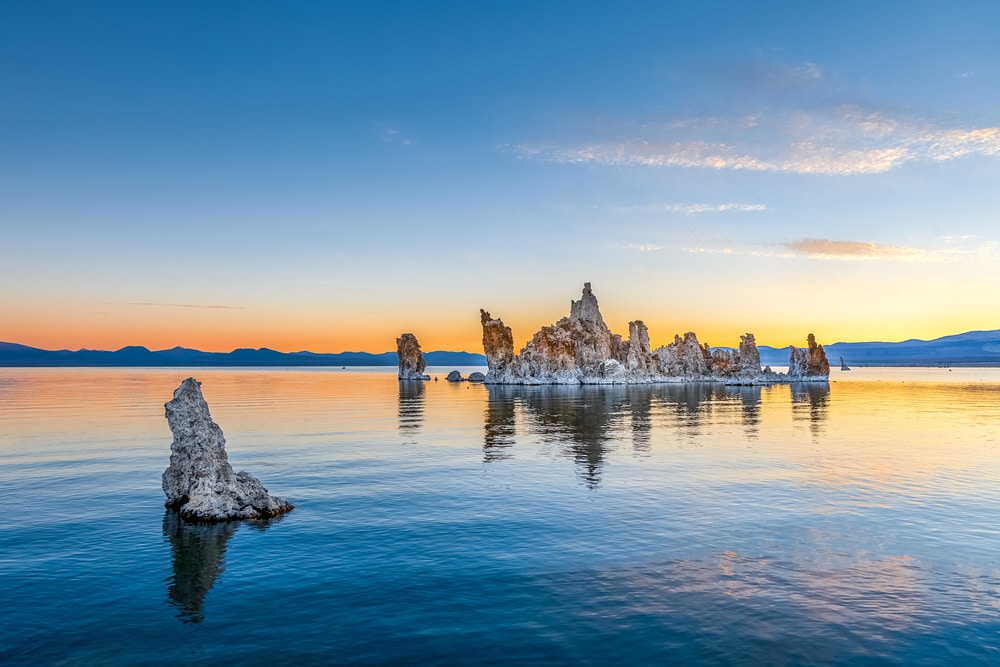
8. Mono Lake
Upon first glance at Mono Lake Tufa State Reserve, it’s not hard to imagine that you’ve left Earth entirely, and landed on a different planet. The shallow saline lake, located right in the middle of the desert, is surrounded by strange, towering formations known as “tufa” that give the area an otherworldly feel. Or, if you’re Mark Twain, you might consider Mono Lake a “lifeless, treeless, hideous desert… the loneliest place on earth.” It’s all about your attitude, I suppose. Mono Lake is actually a remnant of one of America’s oldest lakes, formed 760,000 years ago in a very volcanic and geologically-active part of California. Because Mono Lake doesn’t drain into an ocean, it’s highly saline and alkaline. That means when you go for a swim in Mono Lake, you’ll feel extra buoyant– it also means that the water will sting your eyes and any cuts you have as well! It’s also the cause of the signature tufa towers. The tufa are basically made of common limestone, formed when the area was underwater, much like the Trona Pinnacles. Chemical reactions built up the limestone, and when the level of water in the lake dropped, the towers were revealed. Visit, swim, and hike around the trails that take you past the towers. They look especially strange in the dusky, gentle light of sunrise and sunset.
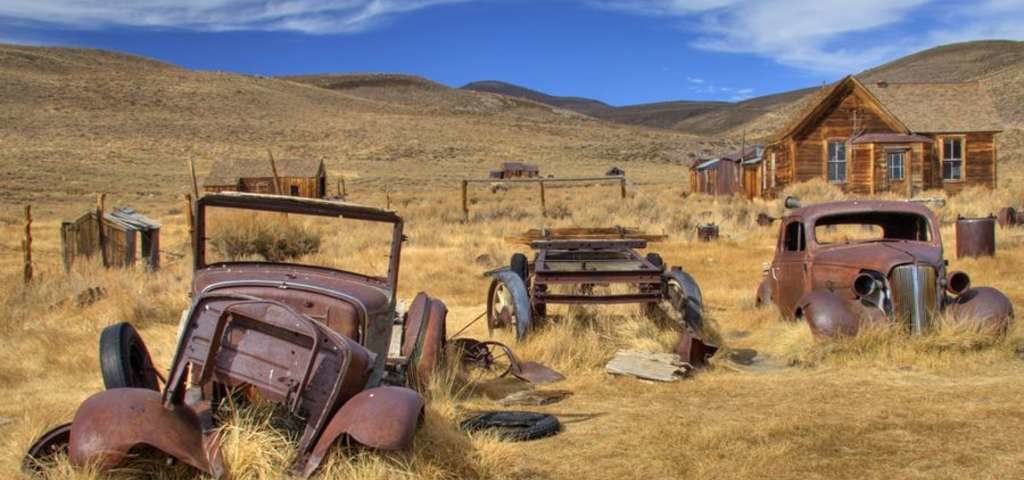
9. Bodie Historic Park
End your adventure at one of America’s largest and best-preserved ghost towns: Bodie! The town began in 1859 as a simple mining camp after a group of prospectors struck gold. It was named for one of these men, W.S. Bodey (the corrupted spelling came from a sign maker who accidentally lettered a sign “Bodie Stables”) but Bodey never got to live there while it was a proper settlement– he died in a blizzard about a year later while making a supply trip. While Bodie was a boomtown, it never really found the success that nearby gold rush towns like Virginia City and Aurora had. After 10 years, only two stamp mills were in operation, and both were failing. An 1876 discovery of more gold gave the town a solid boost and brought in more settlers– the population grew to around 6,000 people, with 2,000 buildings at its peak. It had a Wells Fargo bank, 4 volunteer fire companies, and its very own brass band. It also had (wait for it…) an impressive 65 saloons (and only one jail, ironically enough). It was the picture of Wild West chaos, complete with shootouts, brawls, and stagecoach robberies, which were all well-documented in one of the daily newspapers. Even infamous Wild West prostitutes, like Madame Mustache and Rosa May (the original “hooker with a heart of gold”) spent time in Bodie.
But none of it was meant to last. By 1880, prospectors were leaving Bodie in hoardes for greener (or should I say golder?) pastures in boomtowns like Tombstone, Arizona, and Butte, Montana. Bodie’s death was a long, slow, and painful one. With the rowdy, strike-it-rich-quick prospectors gone, the town reformed itself, opening more churches and finding itself more of a family-friendly mining settlement. By the 1910s, people were visiting Bodie to see what an “authentic Wild West ghost town” looked like– despite the fact that there were still a couple hundred residents, and the mills were still functional.
The last mine hung on until 1942, and then the town was finally, truly abandoned. Throughout the 1940s and 1950s, vandals plagued the town, and finally in 1961 it was declared a National Historic Landmark, protected as such. Today, the 110 or so remaining buildings have been frozen in time so that tourists can walk through them. There’s a gold mill, a cemetery, a schoolhouse, a saloon, a store, and countless other structures to explore!
But, when you’re visiting, be careful… according to legend, a hex has been placed on the town: visitors who decide to help themselves to free souvenirs from the town will be cursed with bad luck. Although there’s little on where the curse (or even the legend, for that matter) came from, there are numerous reports of people walking away from Bodie with nails, bottles, and other little trinkets, only to be plagued by misfortune at every turn. Scared to visit now? Fear not– there’s a way to reverse the curse– simply mail whatever you took back to the park, and reportedly, your luck will change.
Okay, so maybe some of these mysteries are solved, and others might never actually be answered, but what we did learn from this adventure is that exploring the mysteries is actually the fun part. You know, as long as you avoid curses.

